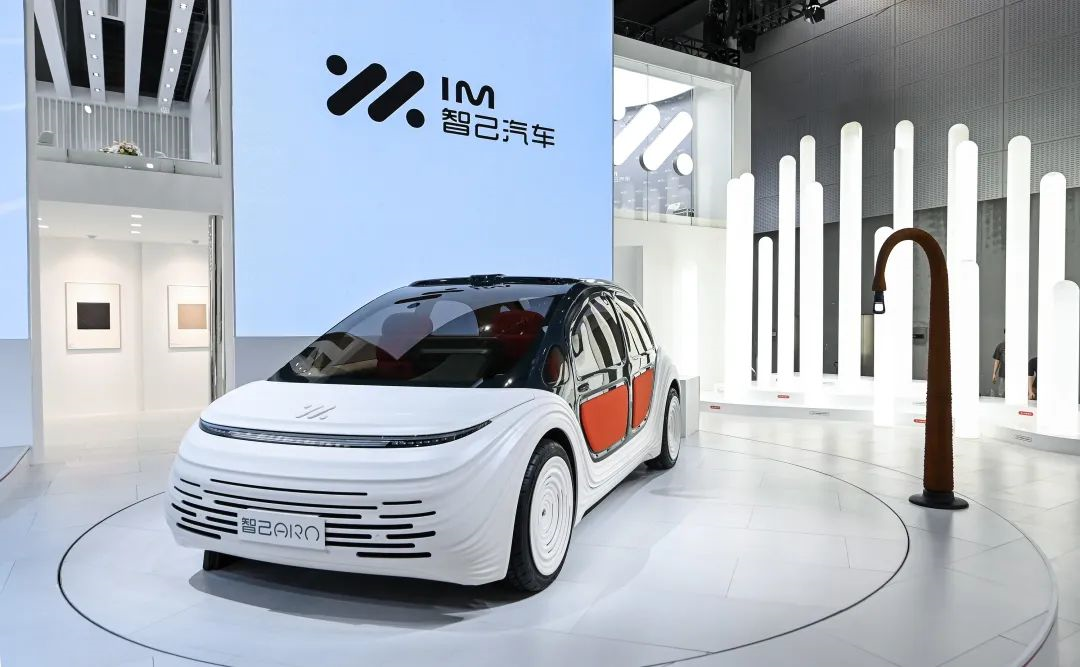Author: Michelin
Recently, as someone who doesn’t pay much attention to the architecture industry, I was caught up in a trending topic.
It all started when an elderly person from Northwest China participated in a renovation reality TV show. After spending 1.32 million yuan on renovations, the final result was a “bare brick” house located in a rural area of Northwest China. When I clicked on the video, my screen was covered with the words “refund” in bold. What outraged netizens the most was the so-called “design” and “art” that were completely disconnected from the elderly person’s needs and actual usage.

You’re in the right place, this is still Geek Car.
The reason why we talked off topic about the above is because ever since the rise of autonomous driving, the concept of the car cabin being a “mobile home” has been constantly pushed around. Cars and architecture have become intimately connected, with many automakers integrating architectural elements into their concept car designs over the past few years. However, compared to the “designs” in the program that are “disconnected from the needs of the general public”, automakers have been racking their brains to meet user needs: User co-creation, self-defined, personalized cabins…this is using the subjectivity and initiative of users to the fullest.
What differences can be brought about by the integration of human art and intelligent technology?
When Cars Meet Architecture, Where Are the Boundaries of the Cabin?
At the Guangzhou Auto Show, we saw that JIMI showcased the AIRO concept car designed with architectural principles, and this car will be mass-produced in 2024. Since it will be put into production in two years, I am even more curious: Cars + architecture, how far can the boundaries of a car be expanded?
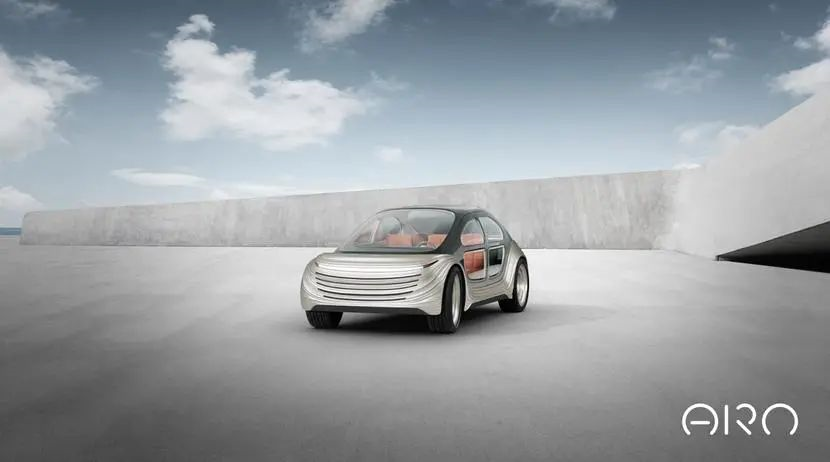
If the exterior of a building carries the architect’s understanding of art, then for those who use the building, its interior design and layout directly affects every day of their stay, and users prefer to have the initiative in designing their rooms.
JIMI’s understanding of future cars is similar: AIRO adopts a Uni-BOX body structure without B pillars and a “swan-neck” dual-opening door design, with clean and smooth lines; the highlight of this concept car design is in the cabin, handing over the initiative to define the cabin to the user, allowing users to DIY themselves.
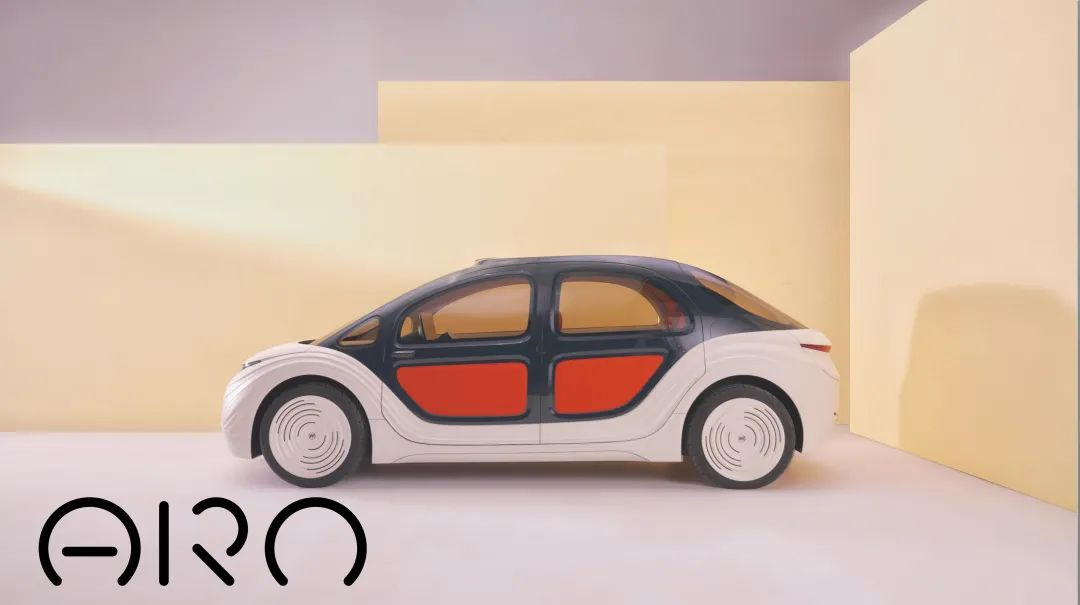 # AIRO Cabin’s Fun Feature: Modular Magnetic Hot Shoe Architecture
# AIRO Cabin’s Fun Feature: Modular Magnetic Hot Shoe Architecture
One interesting feature of the AIRO cabin is the modular magnetic hot shoe architecture. As intelligent cabins evolve, we are becoming more familiar with the concept of customizable cabins where users can personalize their own spaces. However, this usually refers to software functionality. In AIRO, IM customized the hardware by introducing the magnetic hot shoe.
The modular magnetic hot shoe architecture turns the interior walls of the cabin into a “space to stick anything you want to stick.” For example, if you bring your pet into the car, you can stick a cat scratching board to the back seat with the magnets. If you want to play games in the car, you can stick your game console, controllers, and iPad to the wall. You can even stick all the small items that are hard to find in the car to the “wall.”
This magnetic feature works like the pegboard used for storage on the walls of homes, except it supports power networks and data exchange, allowing electronic products that are magnetically attached to the car to interact with the vehicle’s system. With this functional wall, you can create your own game room, workspace, or dressing room in the car.
In addition to the magnetic feature, the AIRO cabin also features four rotatable seats. When L4 level automatic driving is available, the seats can be folded down or rotated, turning the cabin into a living room or a meeting room. L4 level automatic driving may be a bit far from us, but imagine putting the seats down for a nap during your commute, or rotating them for a meal during a road trip with friends. This feature is not too far from us.
To allow for free cabin arrangements and seamless expansion of functions, AIRO uses the inteligent driving and cabin chip computing power and the modular intelligent pure electric platform “Cube-A,” which can be used to agilely iterate the batteries, screens, electronic architecture, car system and other hardware components, keeping up with the customization of cabin functions.
Of course, as a concept car for mass production, the engineering solutions such as the magnetic hot shoe, body layout, swan-neck style door opening, and the new generation platform are still in the process of development. We’re looking forward to seeing what kind of experience the magnetic suction devices can bring, and how the peripheral hardware and the car system can be compatible and work together in the future. We’ll have to wait and see what IM can come up within the next two years to refine these features.
Intelligent Driving Enables the Realization of “Art”
The design of AIRO allows us to see beyond the basic functions of cars into the expandability of features. However, one reality we must face is that only with robust intelligent driving functions can drivers have more energy to develop and enjoy the cabin’s features. On IM’s L7, we can see the manifestation of IM’s driving ability.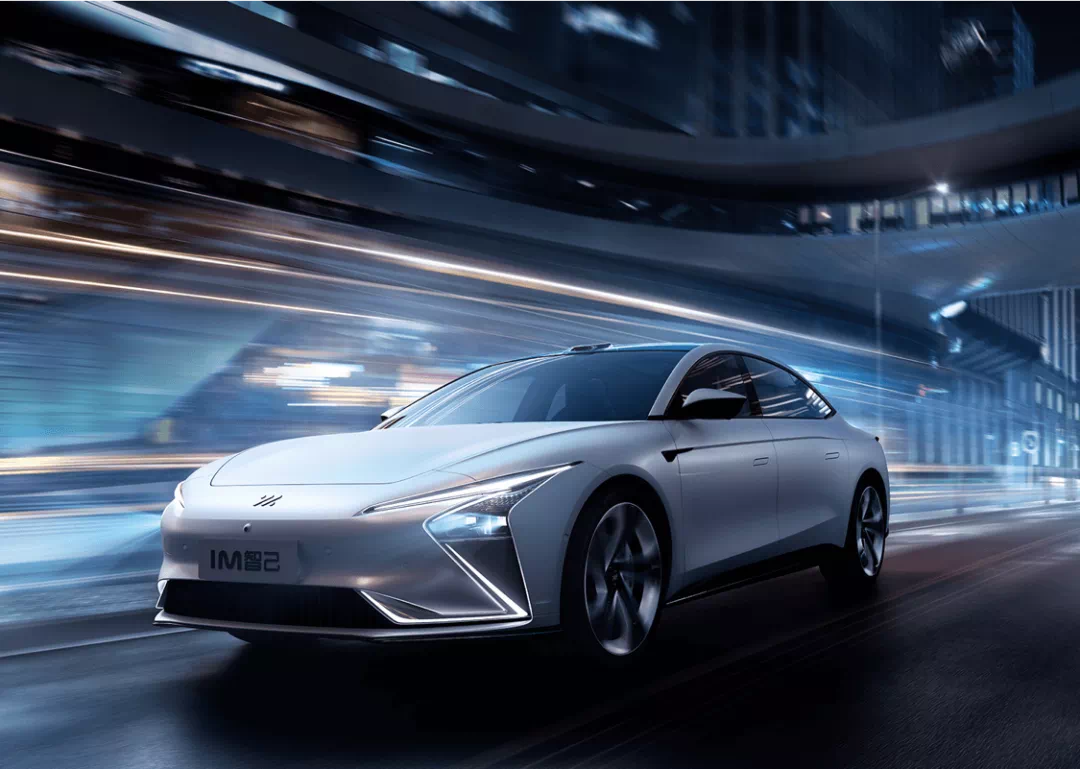
During the Chengdu Auto Show two months ago, the IM AD intelligent driving engineering test vehicle of IM Auto successfully completed the intelligent driving challenge during the evening rush hour, including merging on the ramp, intelligent following in congested traffic, close-range cut-in, driving through large curvature U-shaped bends, identifying obstacles and merging onto the main road under complex road conditions and scenarios. Although some scenes seemed to have slow steering, the IM AD completed all the challenges without any manual intervention, achieving zero takeover.
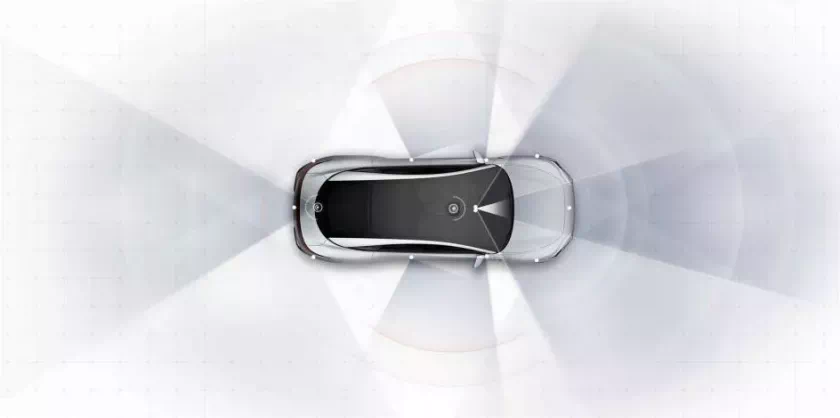
One of the reasons is the multi-sensor fusion perception system architecture of IM AD. The other is the deep and complete cooperation between IMOS, the operating system, and momenta, providing a data-driven perception and planning algorithm throughout the entire process, allowing the system to learn user driving habits, cultivate a personalized intelligent driving style for the driver, and make the system response of IM AD’s intelligent driving closer to human-like.
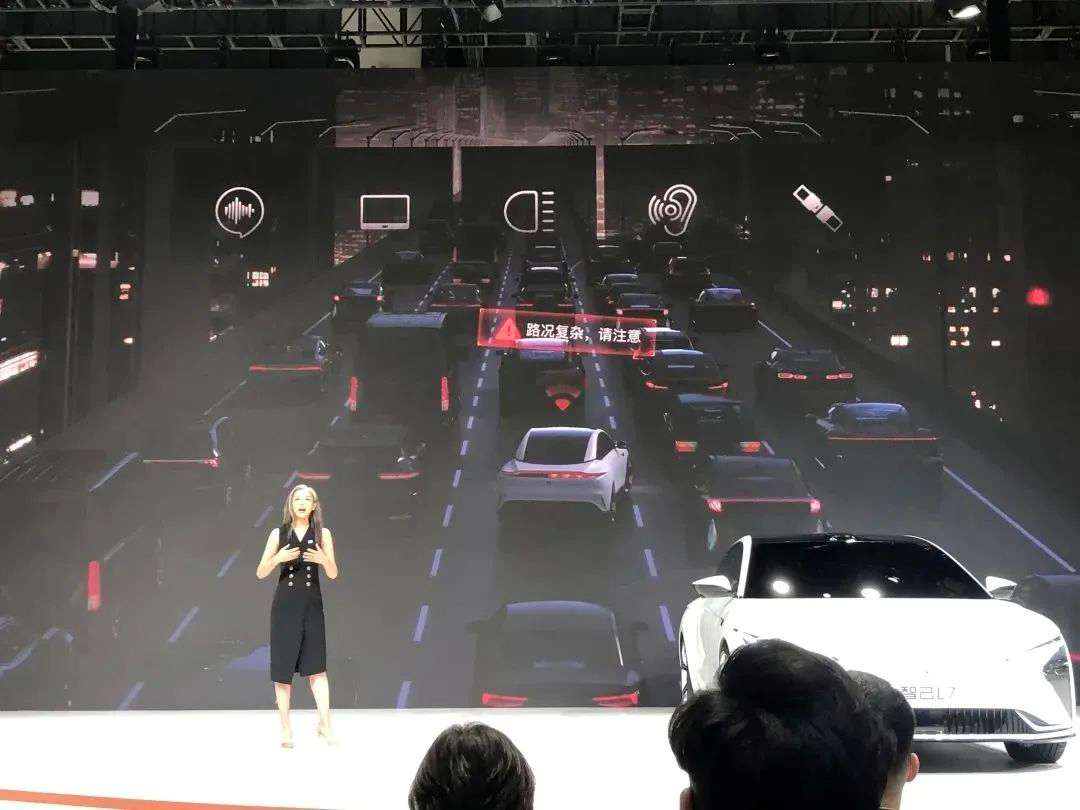
In addition, in order to establish trust between people and cars, the wifi warning-based trust reinforcement system provides a cooperative assistance driving system with IMOS operating system. By perceiving the road conditions, intelligent driving, and in-car information in multiple dimensions and dynamically predicting the overall situation, the wifi warning display can show the current danger level of the vehicle.
This is somewhat similar to a character’s HP bar in a game:
-
When the “HP” is full, the vehicle system can easily handle the road conditions, and the driver can relax appropriately;
-
When the system starts to lose HP, it means that the danger level has been upgraded and the road conditions have become more complex. At this time, the warning icon on the in-car screen starts to flash, and the warning sound and voice prompts sound continuously. The DLP digital projection headlight projects a danger signal, the seat belt starts to vibrate, and various multimodal interactive methods seem to be telling the driver: “The system is struggling to cope, be prepared to take over the vehicle at any time.”
Finally
The evolution of intelligent vehicles has shown us more and more cross-domain gameplay. This cross-domain is not only the participation of Internet and technology companies in car manufacturing, but also the integration of ideas from other fields into the car itself, such as the integration of architectural art with the interior, the integration of online games, blockchain, and user co-creation…
Of course, despite all changes, the essence remains the same, whether it is hardcore technology or soft art, it is all for creating a car that we really need, that is practical and easy to use.
This article is a translation by ChatGPT of a Chinese report from 42HOW. If you have any questions about it, please email bd@42how.com.
